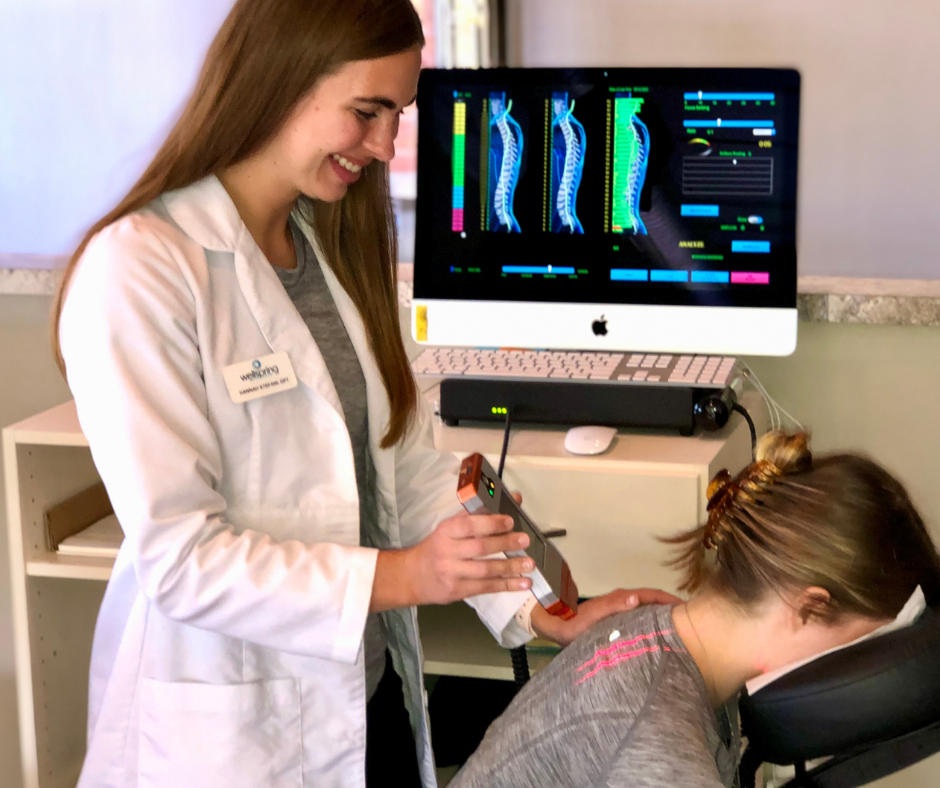Trigger Point Injections
Trigger Point Injections for Pain Relief in Eden Prairie, MN
Relieve Muscle Knots and Chronic Pain Naturally
Are you struggling with chronic pain, muscle tightness, or limited mobility? Trigger point injections (TPI) at Wellspring Health Center provide a safe, steroid-free solution to relax tight muscles, relieve pain, and improve function – and most insurance plans cover them.
What Are Trigger Point Injections?
Trigger points, commonly known as muscle knots, are tight, painful bands within the muscle that can lead to pain, stiffness, and restricted movement. These knots often develop from:
✅ Overuse injuries
✅ Repetitive strain
✅ Postural imbalances
✅ Stress & muscle tension
Trigger point injections use a steroid-free local anesthetic to relax the muscle at a deeper level, breaking the cycle of pain and allowing for greater mobility and function.
Trigger Point Injections vs. Dry Needling – What’s the Difference?
Many patients ask how trigger point injections compare to dry needling. While both techniques target muscle knots, the key difference is:
🔹 Dry Needling – Uses a thin needle to stimulate the muscle, but no solution is injected.
🔹 Trigger Point Injections – Uses a fine-gauge needle with a local anesthetic, providing faster pain relief by relaxing the muscle more effectively.
At Wellspring Health Center, we combine trigger point injections with targeted physical therapy stretches to maximize results and help patients return to pain-free movement.
What to Expect During Your Treatment
✔ Comprehensive Evaluation – Our nurse practitioners will assess your medical history, pain patterns, and range of motion before treatment.
✔ Comfort-Focused Injection – A numbing spray is applied before a fine-gauge needle (similar to acupuncture) delivers a steroid-free anesthetic to the trigger point.
✔ Gentle Stretching & Therapy – After the injection, a physical therapist guides you through stretches to further release muscle tension.
✔ Post-Treatment Care – Patients should gently stretch every 30 minutes for the first few hours and avoid intense physical activity for 24-48 hours.
Most patients report minimal discomfort during the injection, and many feel immediate relief after their first session.
How Many Trigger Point Injections Do I Need?
Trigger point injections are typically scheduled in a series based on your condition. Patients may receive:
🔹 1 to 6 injections per session
🔹 Sessions spaced over 2-4 weeks
🔹 Ongoing holistic physical therapy for long-term relief
Does Insurance cover Trigger Point Injections?
Most insurance plans cover trigger point injections, especially if you’ve previously tried NSAIDs and physical therapy. Our team will verify your coverage before treatment so you know exactly what to expect.
Is This Treatment Right for You?
If chronic pain, muscle tension, or restricted movement are affecting your daily life, trigger point injections may be the solution you need.
📞 Schedule a Complimentary Consultation with Wellspring Health Center today! Call or text us at (952) 933-1150 or request an appointment online.
Research supports the safety and effectiveness of trigger point injections.




